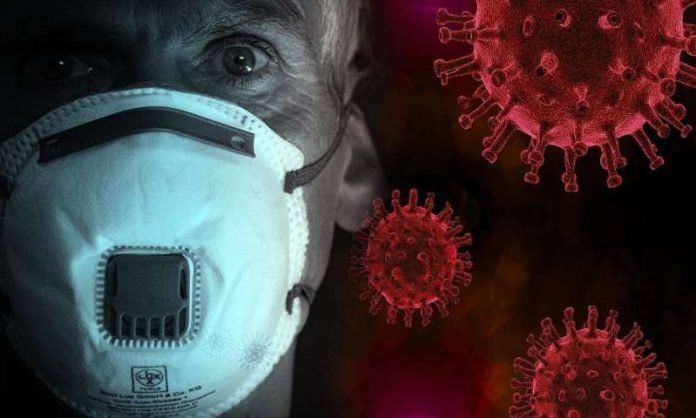
In a new study, researchers found that people with no risk factors for stroke may have an increased risk if they have contracted COVID-19, whether or not they are showing symptoms of the disease.
They analyzed patients presenting with a stroke from March 20th until April 10th in 2020 at their institutions. The strokes they observed were unlike what they usually see.
They found patients in their 30s, 40s, and 50s with massive strokes, the kind that doctors typically see in patients in their 70s and 80s.
The findings show that younger adults, who may not know they have the coronavirus, are developing clots that cause a major stroke.
The research was conducted by surgeons at Thomas Jefferson University and collaborators.
In the study, the team examined 14 patients who had come into their Neurointerventional room for stroke.
Eight patients were male, six were female, 50%, did not know they had the coronavirus, while the remainder were already being treated for other symptoms of the disease when they developed stroke.
The team says patients with signs of stroke were delaying coming to the hospital for fear of getting the coronavirus. There’s a small window of time in which strokes are treatable, so delays can be life-threatening.
The mortality rate in these covid-19 stroke patients is 42.8%. The typical mortality from stroke is around 5 to 10%.
42% of the stroke coronavirus positive patients studied were under the age of 50. Most strokes, over 75% of all strokes in the US, occur in people over the age of 65.
The incidence of coronavirus in the stroke population was 31.5%, according to this sample of patients.
Patients observed had a stroke in large vessels, in both hemispheres of the brain, and in both arteries and veins of the brain – all of these observations are unusual in stroke patients.
Why is the coronavirus, which was assumed to be a disease of the lungs, causing blood clots that lead to a higher incidence of stroke?
Researchers have shown that the coronavirus enters human cells via a very specific access point – a protein on human cells called ACE2.
But the coronavirus latches onto this protein and uses it as a gateway into the cell, where the virus can replicate.
Not all cells have the same amount of ACE2. This protein is very abundant in cells that line blood vessels, the heart, kidney, and of course, the lungs.
The team speculates that the virus may be interfering with this receptor’s normal function, which controls blood flow in the brain, in addition to using it as an entry point to the cell.
Another possibility is that the inflammation of the blood vessels causing vasculitis with injury to the cells lining the lumen of the vessel called the endothelium and causing micro thrombosis in small vessels.
The lead author of the study is Pascal Jabbour, MD
The study is published in Neurosurgery.
Copyright © 2020 Knowridge Science Report. All rights reserved.



